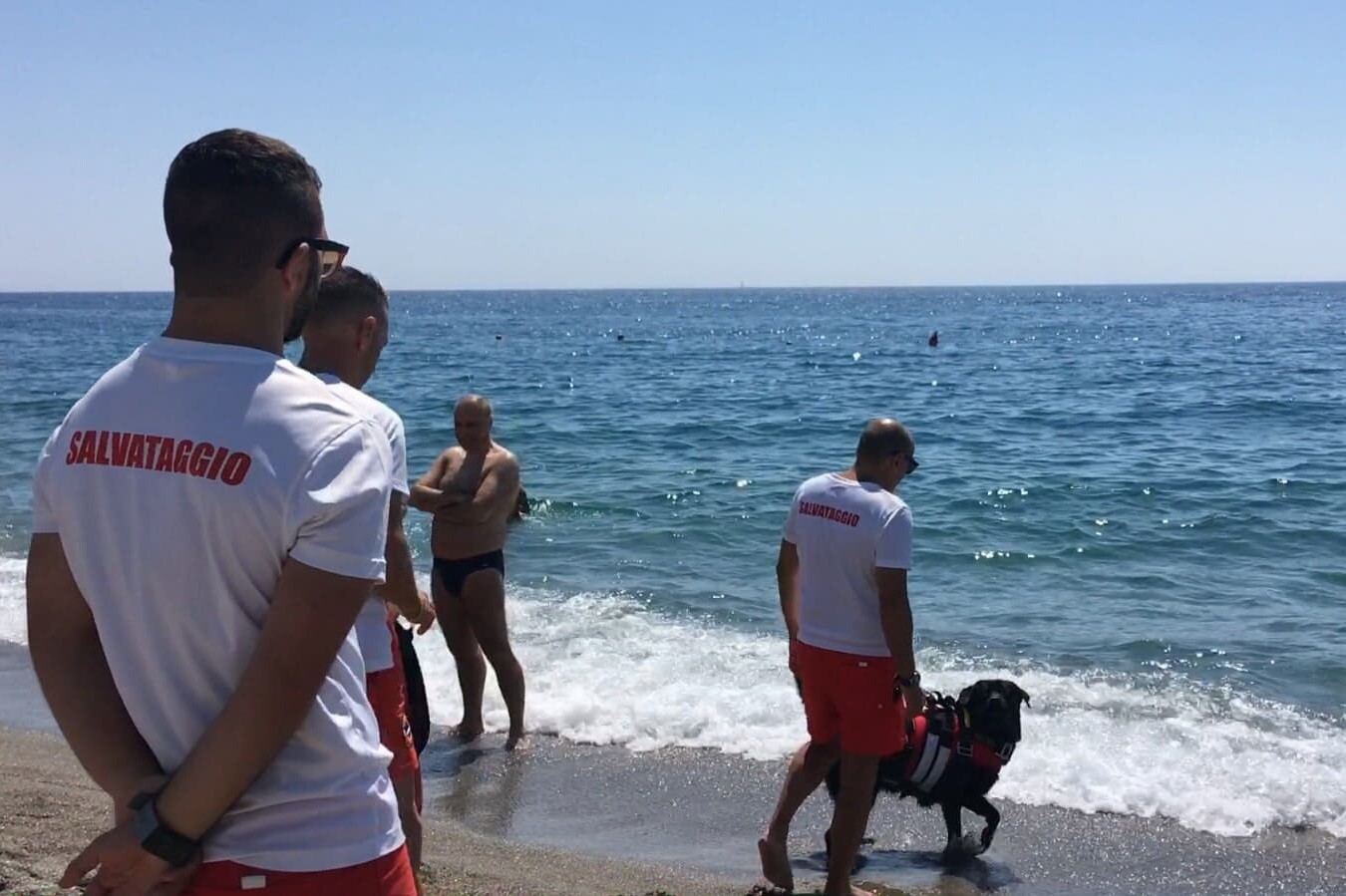
Holiday in Italy and safety, IRC: "more defibrillators on beaches and shelters. We need a map to geolocate the AED"
Holidays in Italy, a position of the IRC (Italian Resuscitation Council) turns the spotlight on safety, and more precisely on the presence and characteristics of AED defibrillators on beaches and shelters
Holiday in Italy, are defibrillators ready? The IRC’s call
More defibrillators are needed in the more than 6,200 bathing establishments and 700 refuges in Italy in order to be able to intervene more effectively even in places far from inhabited centres such as mountains and beaches: this is stressed by the IRC, the Italian Resuscitation Council, a scientific society that brings together doctors and operators who are experts in cardiopulmonary resuscitation.
It is also necessary to census and geolocate the automatic external defibrillators (AEDs) already present in the area in order to create an interactive map that can be consulted by everyone on their mobile phones, as already provided for in the new law on AEDs approved on 28 July.
DEFIBRILLATORS, VISIT THE EMD112 STAND AT EMERGENCY EXPO
Italy / The IRC note on defibrillators in holiday locations
According to the Italian Resuscitation Council, a non-profit scientific society of doctors and nurses expert in cardiopulmonary resuscitation, more automated external defibrillators (AEDs) are needed in holiday resorts by the sea and in the mountains, which are most frequented by tourists and furthest from residential areas.
Holiday in Italy: a census of AEDs already present in the area is needed to create a digital map that can be consulted by mobile phones, as already provided for in the new law on AEDs approved on 28 July
Rapid first aid and the presence of an automatic external defibrillator (AED) are essential elements for dealing effectively with a cardiac arrest, but intervening is more complex when the emergency occurs in places less close to urban centres, such as beaches and mountains, frequented in the summer by millions of tourists: in Italy there are more than 6,200* seaside and lake resorts and more than 700* refuges.
“It is important to take a census and geo-localise the AEDs already present in Italy, including those installed in bathing establishments and refuges, and, as provided for by the new law on AEDs, to create an interactive map that can be consulted using a mobile phone application, so that everyone can know which defibrillator is closest to the place of emergency,” says Giuseppe Ristagno, president of IRC, the Italian Resuscitation Council, a non-profit scientific society recognised by the Ministry of Health, which unites doctors and nurses who are experts in cardiopulmonary resuscitation.
“It is also necessary to increase the number of AEDs in equipped beaches, shelters and sports facilities, and to spread first aid training as widely as possible”.
To explore these issues, IRC has made available on its website two free in-depth studies on mountain rescue in inaccessible environments, in collaboration with the Corpo Nazionale Soccorso Alpino e Speleologico (National Alpine and Speleological Rescue Corps), the Azienda Sanitaria Friuli Occidentale (Western Friuli Health Authority) and the Azienda Sanitaria dell’Alto Adige (South Tyrol Health Authority), and on rescue at sea and in lakes in the event of drowning, in collaboration with the Federazione Italiana Nuoto (Italian Swimming Federation), 118 in Trentino and Arezzo, the Istituto Giannina Gaslini and Costa Crociere.
A recommendation for smart holidays in Italy… not only for departures
An essential recommendation for anyone going on an excursion to an isolated place by the sea, lake or mountain is to find out the reference points of the place (e.g. the number of the path) and to activate geo-localisation on the mobile phone, which can help the rescue services to identify the area in which to intervene.
It should also be remembered that among the main factors that increase the risk of drowning are overestimating one’s own swimming abilities, taking alcohol and drugs, and failure to supervise children by adults.
The 8 ‘life-saving’ actions everyone can take
In Europe, around 400,000 cardiac arrests occur every year (60,000 in Italy) and it is estimated that only 58% of the cases of those who assist intervene with life-saving manoeuvres (cardiac massage, ventilations) and 28% of the cases with a defibrillator*.
It is therefore essential that anyone who witnesses a cardiac arrest immediately takes a few simple actions: if there is no danger, approach the person to be rescued; call out to him or her and lightly shake the lower part of the body; if he or she does not respond, observe the chest to see if he or she is breathing; if he or she does not respond and is not breathing normally, call 112; follow the operator’s instructions and, if possible, activate the speakerphone; if possible, ask those present to bring the AED; place your hands on top of the centre of the chest of the person to be rescued; start cardiac massage with arms outstretched and 2 compressions per second, without removing your hands from the chest; if and as soon as available, switch on the AED and follow the instructions.
DEFIBRILLATORS OF EXCELLENCE IN THE WORLD: VISIT THE ZOLL BOOTH AT EMERGENCY EXPO
The new AED law
Essential aspects to improve first aid, such as the mapping and geo-location of AEDs, their wider distribution, the strengthening of first aid training for all citizens and its compulsory introduction in schools, the obligation for the 118 emergency services to provide citizens with telephone instructions on how to recognise cardiac arrest, how to perform cardiac massage and how to use AEDs are already part of the new law definitively approved by Parliament on 28 July.
Read Also:
European Resuscitation Council (ERC), The 2021 Guidelines: BLS – Basic Life Support
Italy, ‘Good Samaritan Law’ Approved: ‘Non-Punishability’ For Anyone Using A Defibrillator AED
Source:
IRC Press Release


